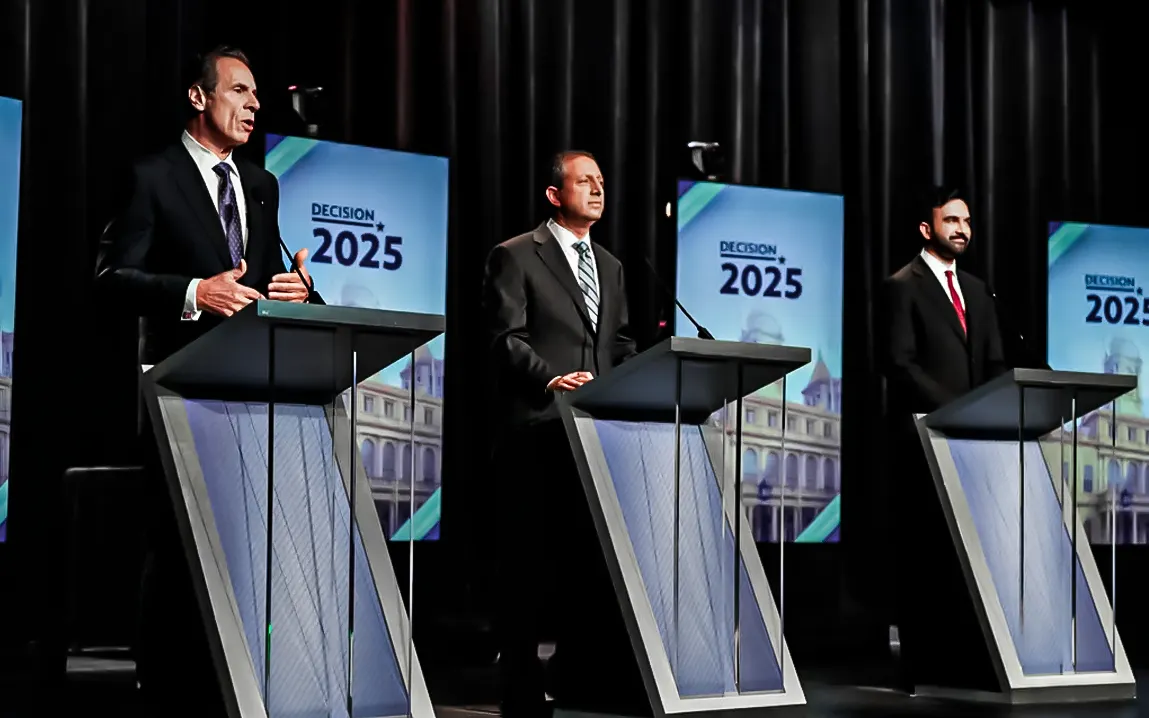Kamala Harris’s defeat in the 2024 presidential election was a result of multiple interlinked factors, including economic challenges and internal issues within the campaign. Despite being Vice President, she could not garner the required number of voters, especially against former President Donald Trump. Five key reasons for her loss include:
-
Economic Concerns Took Center Stage
The effect of inflation and economic instability still had a hold on the American household, and it made the voters prioritize economic recovery more than other issues. As the Biden administration, represented by Harris, tried to address inflation, many Americans felt the pinch of rising costs. Harris’s campaign failed to address these concerns adequately as most of the voters wanted a change in leadership, especially about the promises of Trump that restore economic growth.
-
Ties to the Unpopular Biden Administration
Harris’s campaign was inevitably tied to President Joe Biden, whose approval ratings had drastically fallen by election time. The public’s frustration with issues such as the economy, immigration, and the pandemic was a burden that weighed on Harris. As vice president under Biden, Harris was rarely allowed to break away from him, which meant that the voters who were craving change in the system could hardly get that from her.
-
Flawed Campaign Strategy
Even though abortion rights were at the center of Harris’s campaign, they did not connect with swing voters enough. Her campaign was also criticized for not addressing the concerns of swing voters or having a unified, strong economic plan. Moreover, her team’s cautious approach to media engagement and messaging left her vulnerable to attack from opponents, especially Trump, who mastered the art of media dominance.
-
Demographic Support Shifts
Harris suffered losses in support from the critical demographic groups that had remained loyal to Democrats. Young voters, particularly men under 30, turned to Trump as a significant change in voting patterns. Moreover, Harris lost Hispanic voters, which was a vital demographic for battleground states. These changes did not help her hold onto a winning coalition.
-
Internal Campaign Mismanagement
Harris’s campaign faced internal battles, such as accusations of mismanagement of finances and overspending. An example is $900,000 spent on an advertisement in the Las Vegas Sphere. This was one of the spending items that made some major donors question the level of fiscal management in Harris, further fueling the perceptions that she was unfit to lead the country.
In conclusion, Kamala Harris’s loss can be attributed to a combination of external challenges, strategic missteps, and internal turmoil. Although she started strong, the route to triumph was fraught with obstacles that she was unable to overcome.



